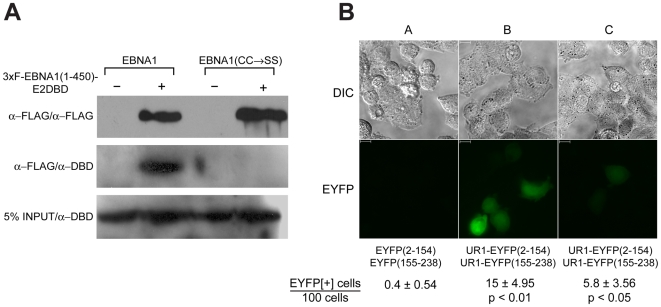Figure 4. EBNA1 can self-associate through its UR1 domain.
(A) The amino-terminal 450 amino-acids of EBNA1 can self-associate. 293 cells were co-transfected with expression vectors for 3xF-EBNA1(1-450)-E2DBD, and either EBNA1 or EBNA1(CC→SS). 48 hours post-transfection, lysates were prepared from harvested cells. EBNA1(1-450)-E2DBD was immunoprecipitated using the M2 monoclonal anti-FLAG antibody conjugated to sepharose beads. Immunoprecipitates were separated on an 8% SDS-PAGE gel, transferred to PVDF membranes and immunoblotted using M2 mouse monoclonal anti-FLAG antibody (α-FLAG/α-FLAG), or rabbit polyclonal antibodies directed the EBNA1 DBD (α-FLAG/α-DBD). 5% of the lysates were directly immunoblotted for EBNA1 or EBNA1(CC→SS) (5% lysate/α-DBD). (B) Self-association of UR1 can be detected by bimolecular fluorescence complementation: 293 cells were transfected with expression plasmids for (A) EYFP(2-154) and EYFP(155-238), or (B) & (C) expression plasmids for UR1-EYFP(2-154) and UR1(155-38). Transfected cells were treated with (B) vehicle, or (C) 80 µM 1,10-phenanthroline. 48 hours after transfection, cells were visualized by fluorescence for EYFP (YFP) or by light microscopy (DIC). The scale bars indicate a length of 10 microns. The fraction of fluorescent cells observed under each condition in five independent measurements is shown along with the standard deviation. The number of fluorescent cells observed with the UR1-containing EYFP derivatives is significantly greater than the number seen with the EYFP derivatives by themselves (p<0.01). A significant decrease in the number of florescent cells is observed after treatment with 1,10-phenanthroline (p<0.05) when compared to the untreated cells.

